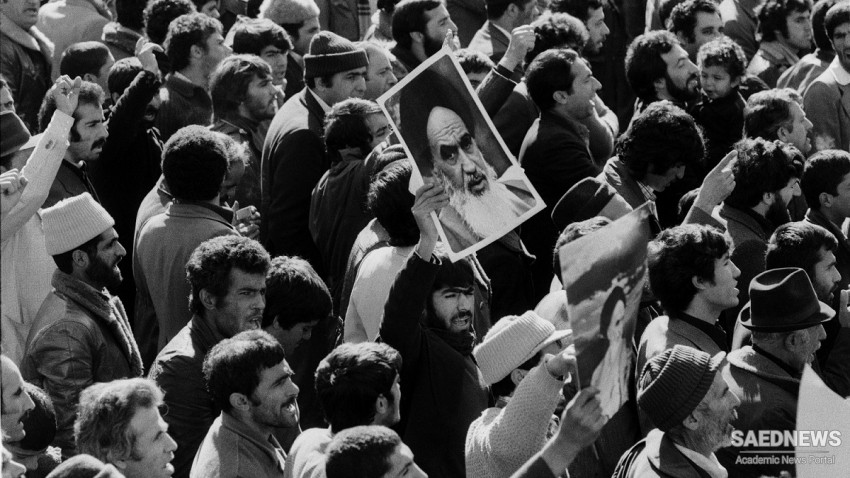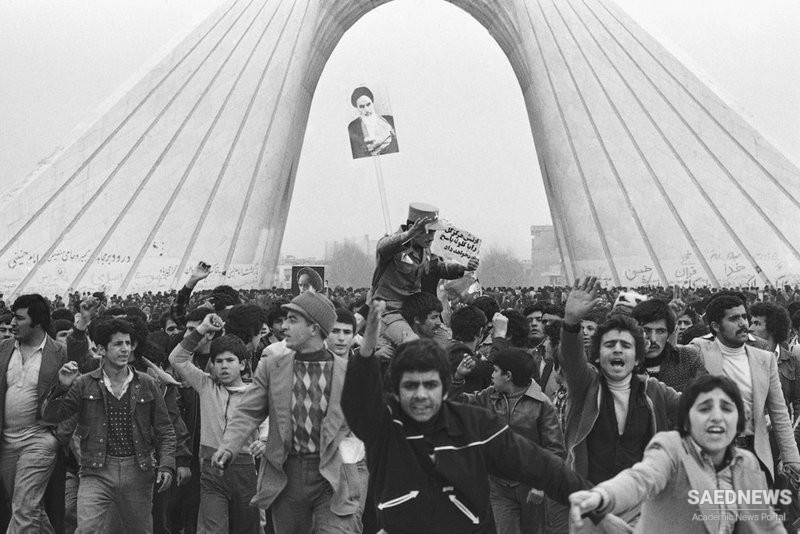Mohammad Reza Shah dismissed the parliament in 1953 and launched the White Revolution—an aggressive modernization program that upended the wealth and influence of landowners and clerics, disrupted rural economies, led to rapid urbanization and Westernization, and prompted concerns over democracy and human rights. The program was economically successful, but the benefits were not distributed evenly, though the transformative effects on social norms and institutions were widely felt. Opposition to the shah’s policies was accentuated in the 1970s, when world monetary instability and fluctuations in Western oil consumption seriously threatened the country’s economy, still directed in large part toward high-cost projects and programs. A decade of extraordinary economic growth, heavy government spending, and a boom in oil prices led to high rates of inflation and the stagnation of Iranians’ buying power and standard of living.In addition to mounting economic difficulties, sociopolitical repression by the shah’s regime increased in the 1970s. Outlets for political participation were minimal, and opposition parties such as the National Front (a loose coalition of nationalists, clerics, and noncommunist left-wing parties) and the pro-Soviet Tūdeh (“Masses”) Party were marginalized or outlawed. Social and political protest was often met with censorship, surveillance, or harassment, and illegal detention and torture were common (Source: Britanica).



 Islamic Revolution in Iran: Struggle for Democracy and Freedom
Islamic Revolution in Iran: Struggle for Democracy and Freedom














































